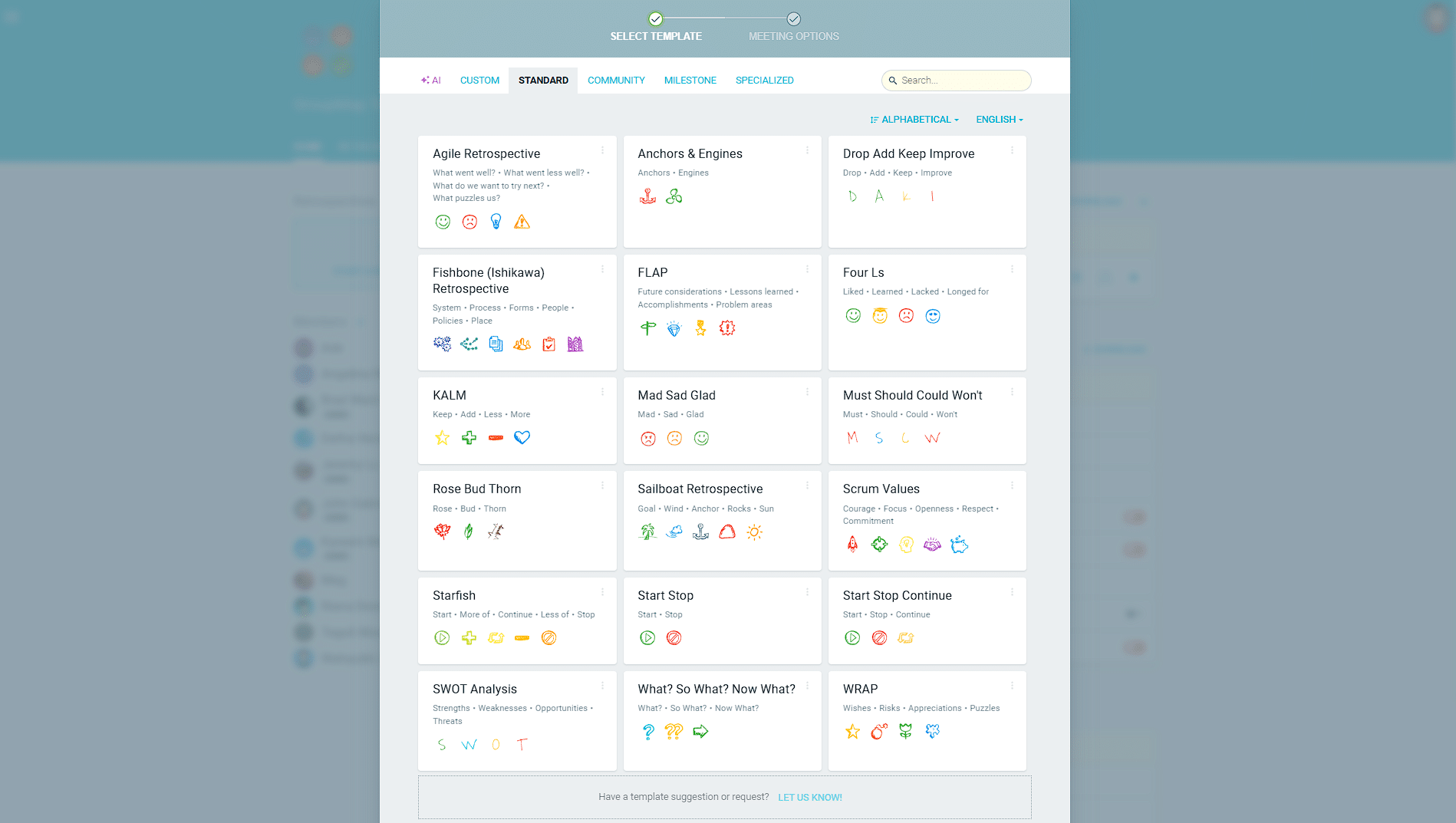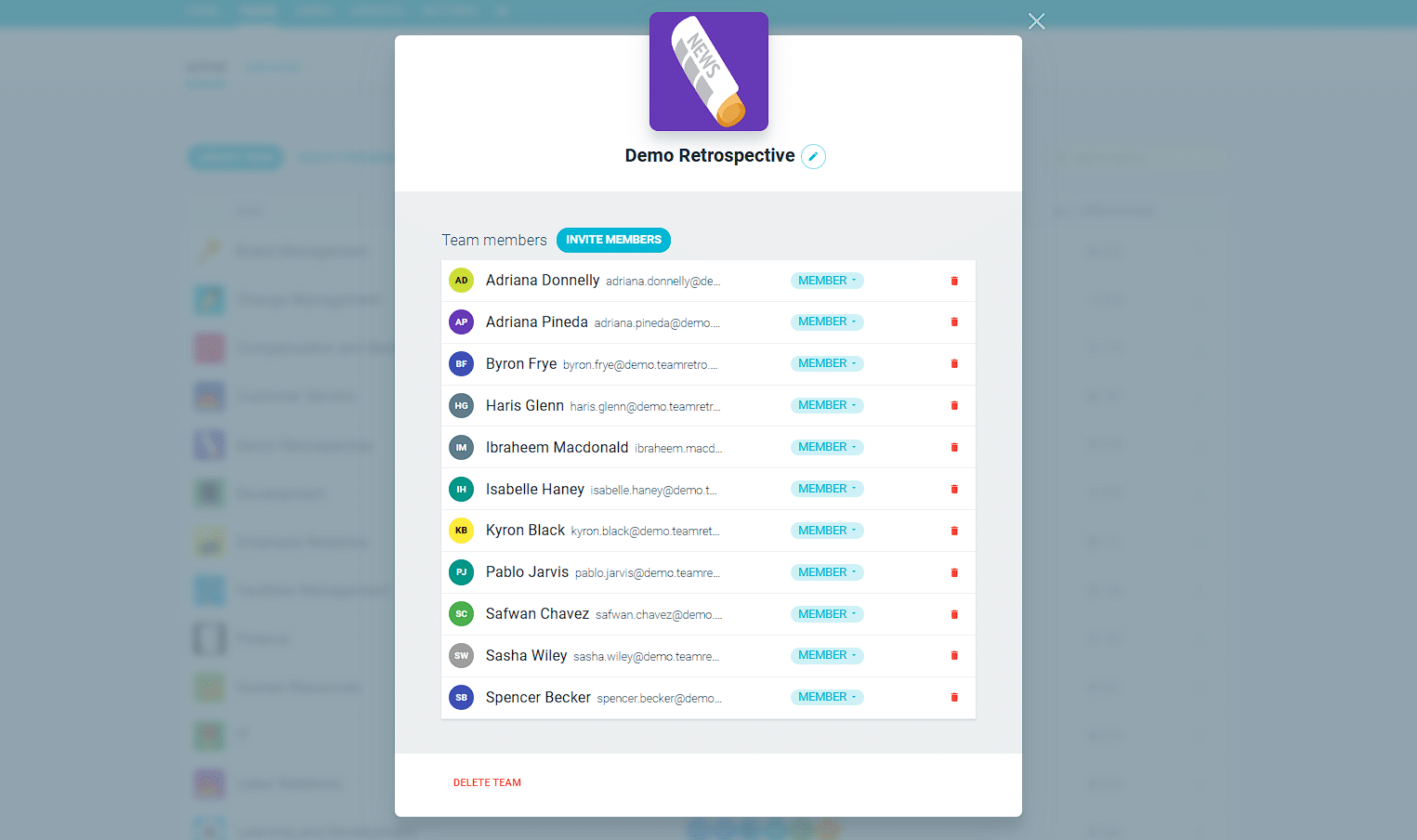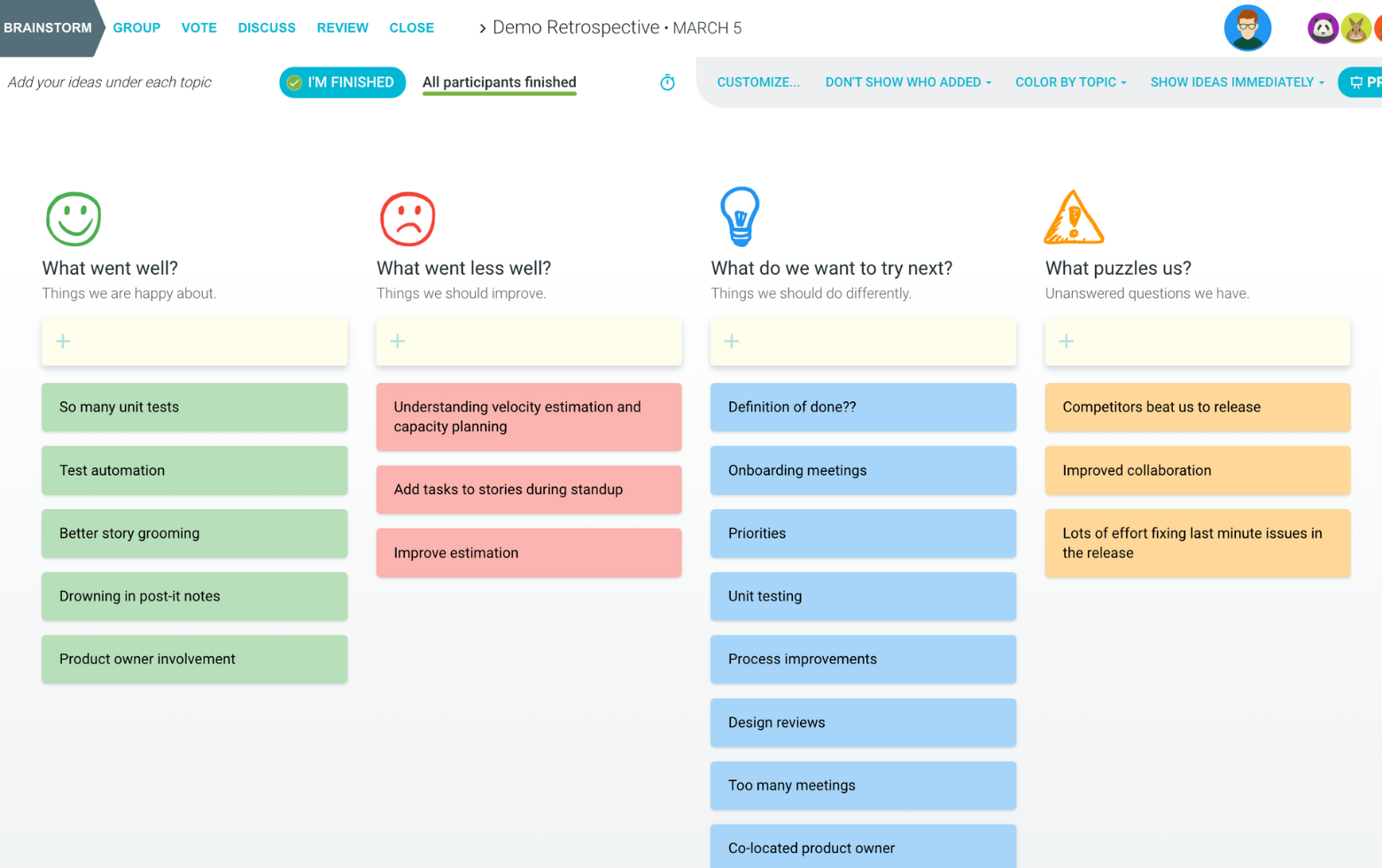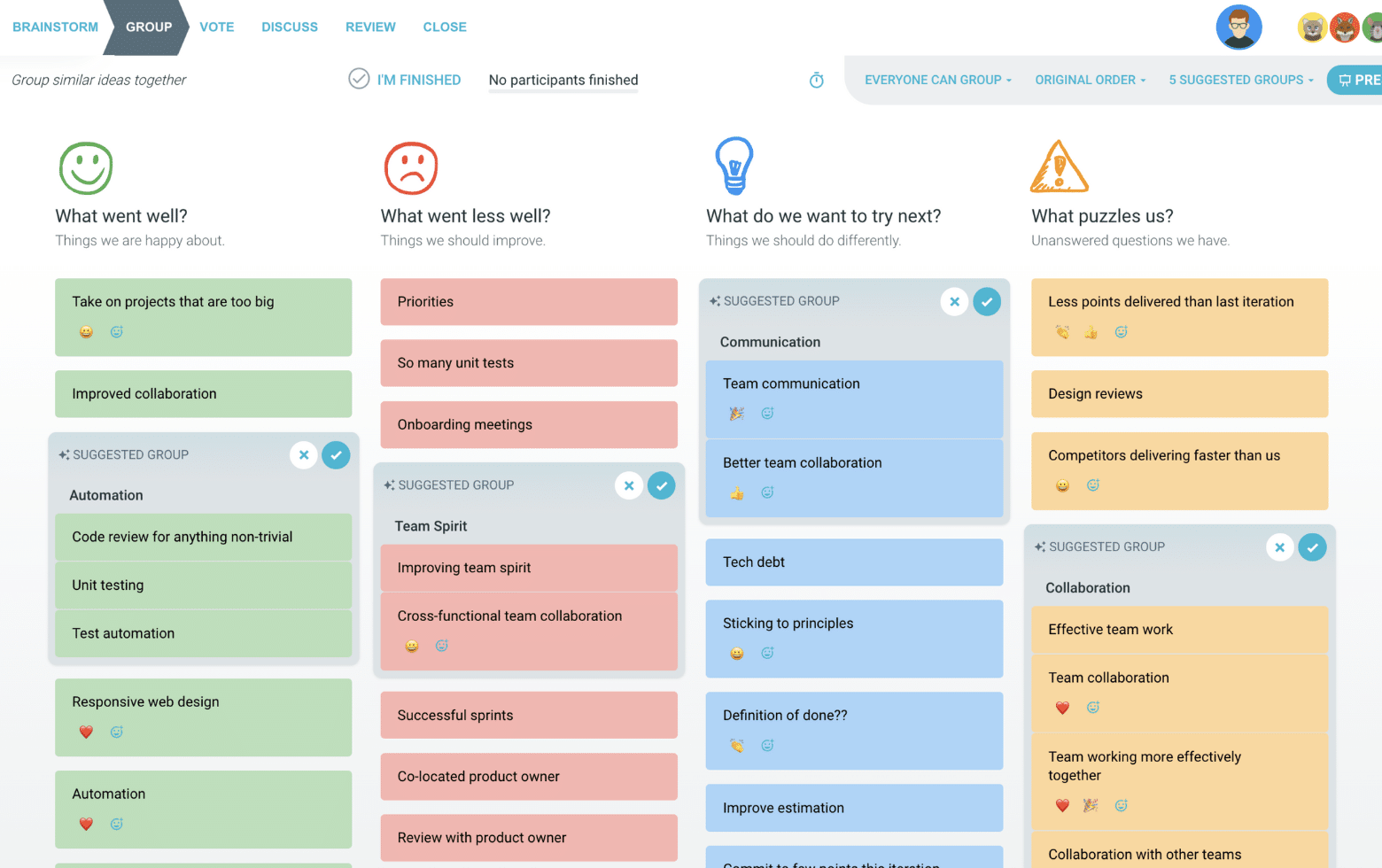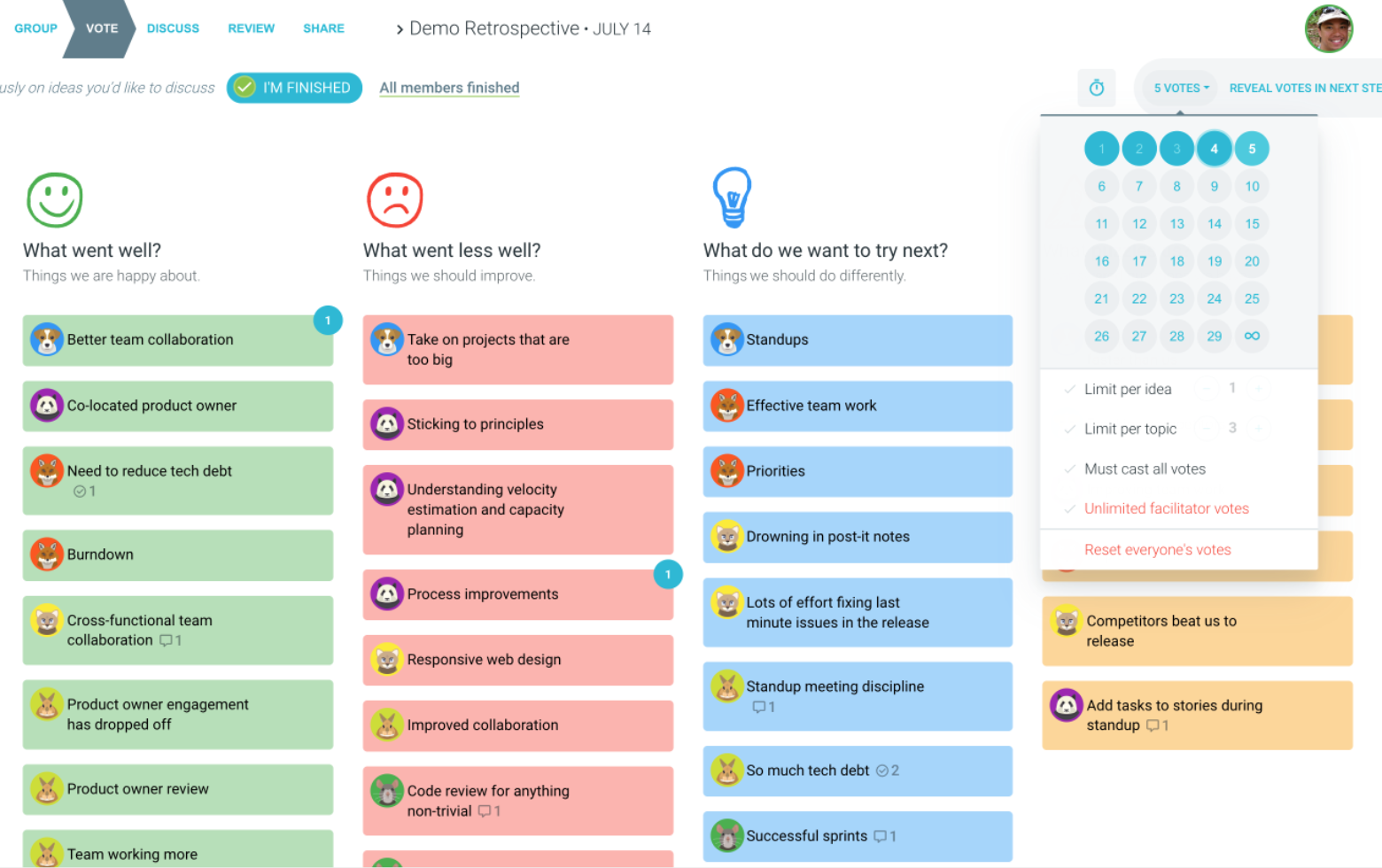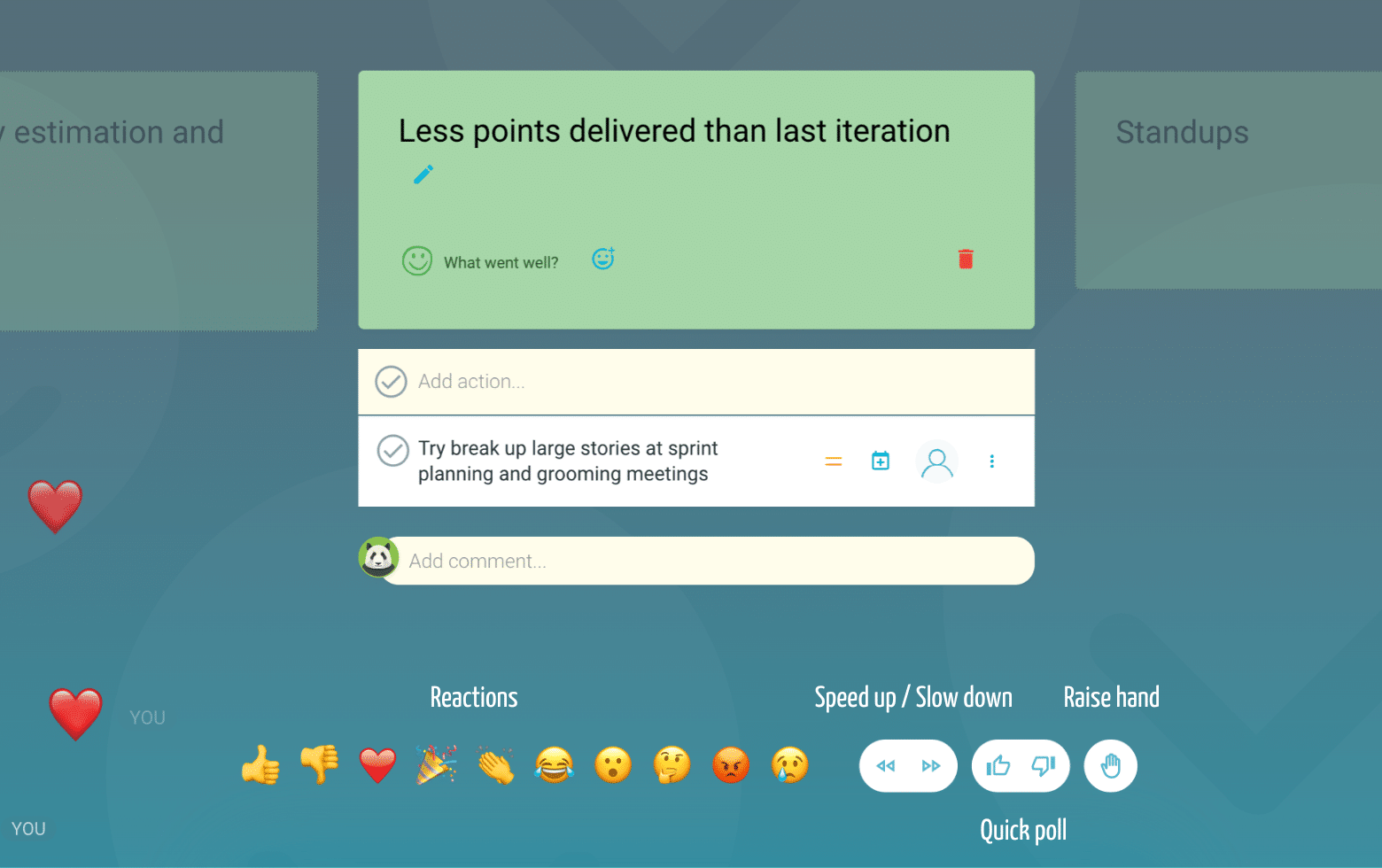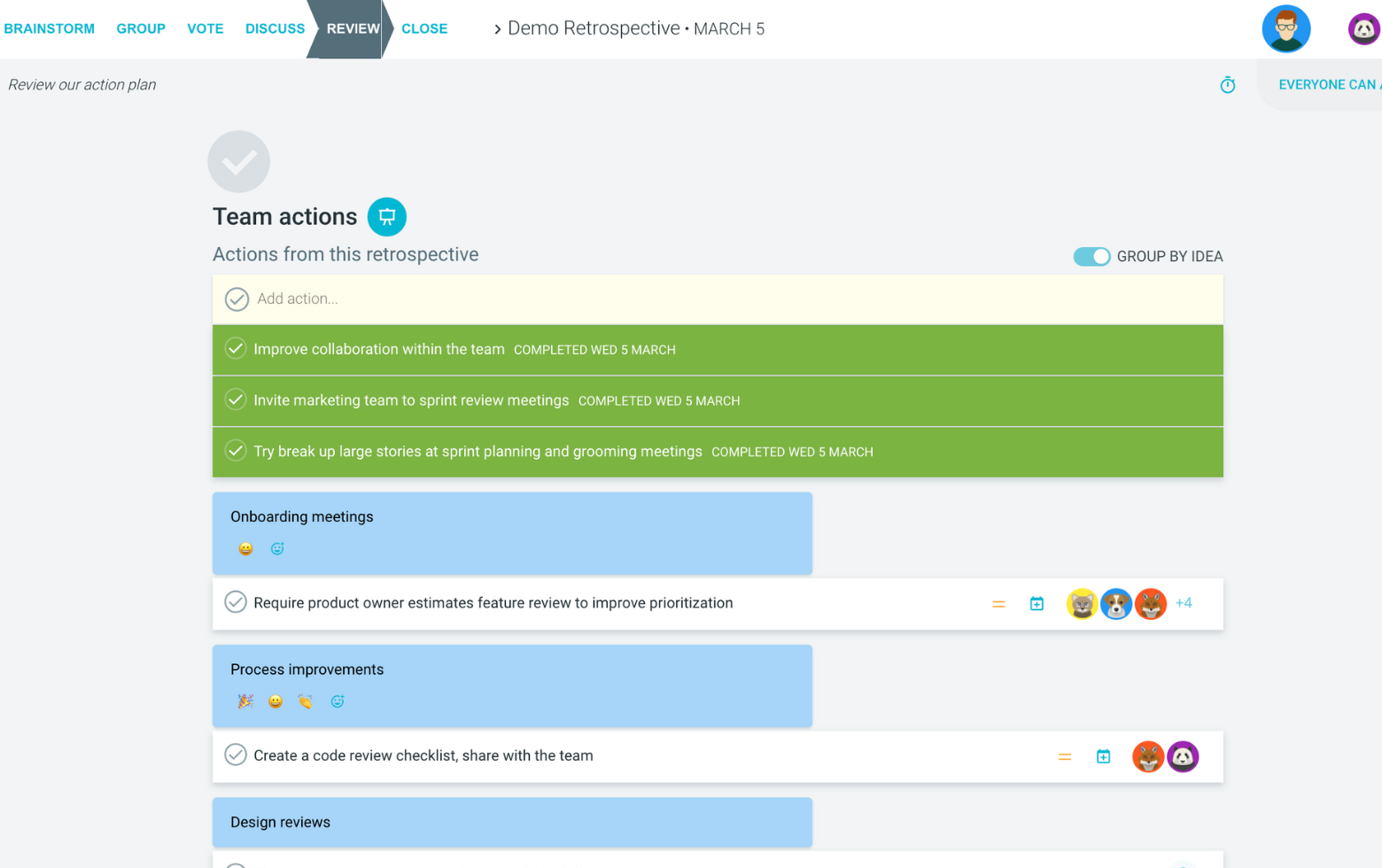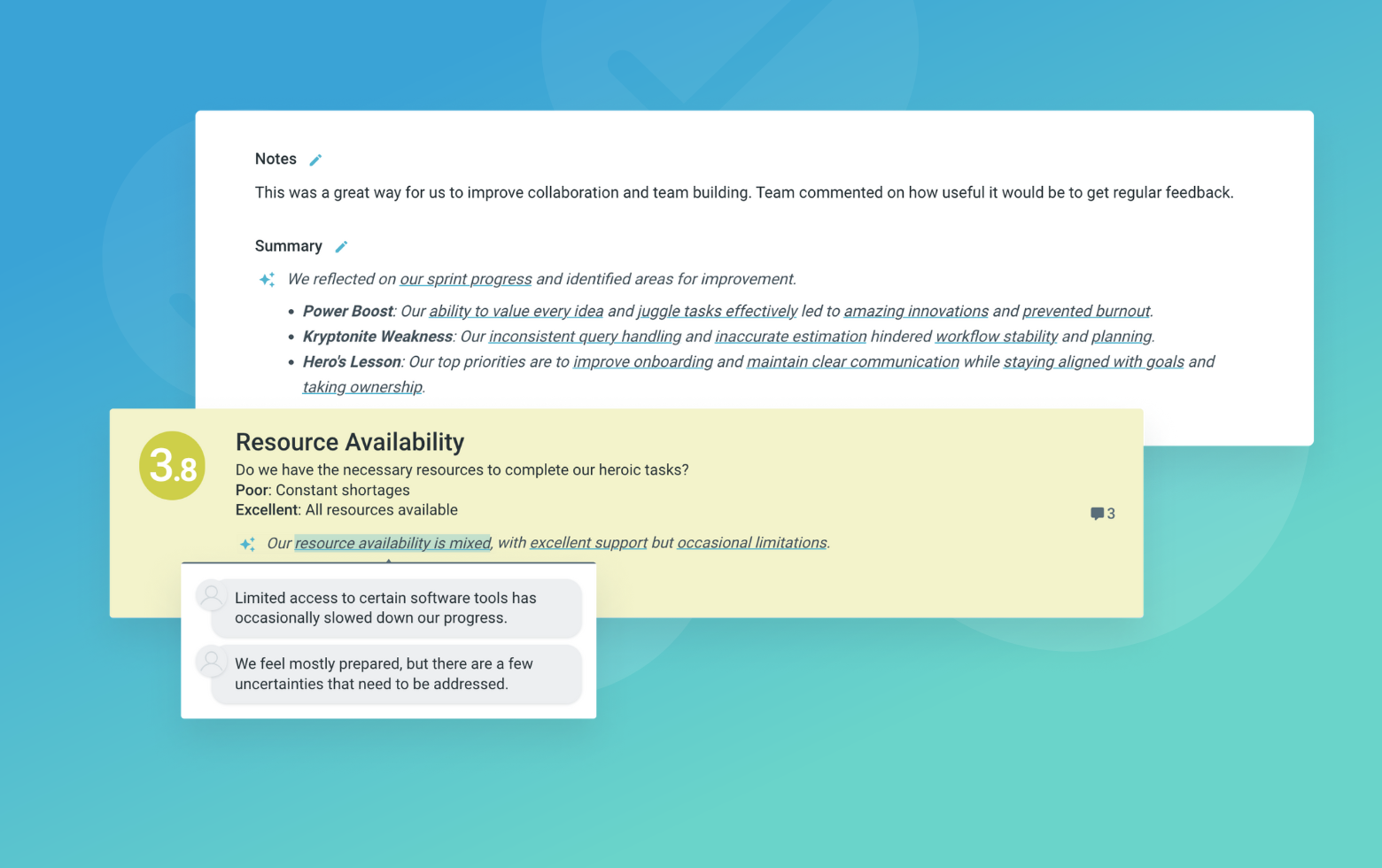The Fiscal Year-End Review is a structured meeting to reflect on the past year's financial performance, celebrate successes, identify areas for improvement, and align on strategies for the upcoming fiscal year. This retrospective allows teams to analyze revenue, expenses, budgets, and key initiatives through a financial lens.
The primary goals are to assess progress against targets, uncover insights to inform future planning, and build consensus on priorities for the new fiscal year. Participants review metrics, discuss challenges and wins, and develop action plans to optimize spending, drive growth, and improve profitability.
By taking a comprehensive look back, teams can make data-driven adjustments to their financial strategies. This collaborative process promotes accountability, cross-functional alignment, and a shared vision for strong fiscal health.
What is The Fiscal Year-End Review
Revenue Analysis
How did our revenue performance compare to targets?
Revenue is the lifeblood of any business. In this topic, review overall revenue numbers and dig into performance by product line, region, customer segment, etc. Analyze key drivers and inhibitors. Discuss where forecasting was accurate or missed the mark. Explore which sales and marketing initiatives were most/least effective in driving top-line growth.
Expense Management
How well did we control and optimize expenses?
Keeping expenses in check is critical for profitability and reinvestment. Review major expense categories like payroll, marketing, R&D, G&A, etc. Identify areas of overspending or cost-saving opportunities. Discuss the ROI of major investments and where spending could be reallocated. Explore ways to increase operational efficiency while maintaining quality.
Strategic Initiatives
What major initiatives drove (or hindered) our performance?
Every year, teams pursue strategic projects aimed at increasing revenue, reducing costs, improving operations, etc. Discuss which initiatives had the biggest positive or negative impact on financial results. Explore what went well, what didn't, and what could be done differently. Identify any major misallocated efforts and how to course-correct.
Strategic Outlook
How should we adjust our financial strategy for the upcoming year?
Based on the previous reflections, this topic focuses on developing a revised financial strategy and plan for the new fiscal year. Identify the most important areas of investment, cost optimization, and strategic realignment. Discuss any major strategic shifts needed to accelerate growth, improve margins, manage risk, etc. Align on key priorities, targets, and accountability.
Suggested icebreaker questions
- If our company was a publicly traded stock, would you buy, sell or hold? Why?
- What's one financial metric or KPI you wish we tracked more closely?
Ideas and tips for your retrospective meeting
- Encourage data-driven discussions by sharing relevant reports and metrics ahead of time.
- Promote a blameless environment to have open and honest dialogues about misses.
- Ensure all relevant stakeholders are present (finance, sales, marketing, product, etc.).
- Build in time for strategic discussions beyond just reviewing the past year's results.
- Assign owners and due dates for any major action items coming out of the retrospective.
- Consider breaking into smaller groups for more in-depth analysis of specific areas.
.
How to run effective meetings with TeamRetro
Start Your Session in a Click
Log into TeamRetro and choose your template. Customise questions and the workflow to create your perfect retro for your team.
Create Your Team Easily – No Separate Accounts Needed
Brainstorm Individually – Free From Bias
Smart Grouping for Faster Insights
Fair, Flexible, and Fast Voting
Engage, React, and Capture Key Insights
Walk your team through ideas one by one with Presentation Mode. Stay in sync, spark real-time discussions, and capture feedback with comments, live reactions, and polls—all in one place.
Turn Ideas Into Action
Propose next steps with team buy-in, get AI-powered action suggestions, and keep everything in one place. Committed actions sync to your personal dashboard and integrate with your workflow tools—keeping you on track.
Save, Share, and Stay on Track
Get quick AI-powered summaries, add facilitator notes, and store retrospectives in your library for easy access. Schedule your next session and track published actions to keep your team accountable at the next retro.
Turn Team Data into Actionable Insights
Uncover trends, common themes, and key engagement metrics at a glance. Track sentiment shifts, analyze conversations, and monitor completed actions to drive continuous improvement.
